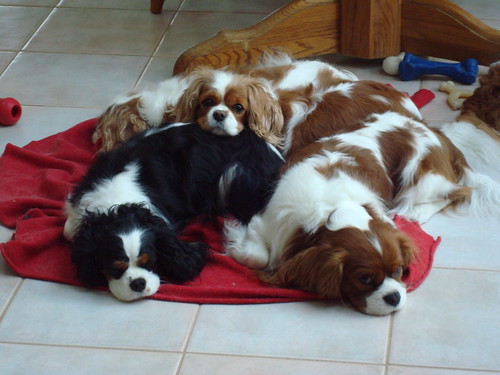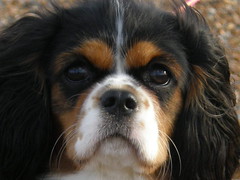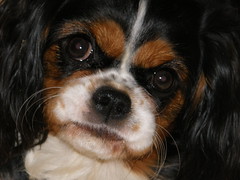Here is something interesting in the latest BBC News.
Sir Patrick also revealed today that in the late 1980s he had been part of a working party which had recommended that new rules should be introduced for dog shows which would "disqualify animals with physical defects specifically encouraged by fashion and which compromise the health and welfare of the animals involved."
"I was shocked then and I remain shocked that so little has changed," he says.
Clearly, Sir Patrick does not need persuading of the seriousness of the problems. But has his report gone far enough?
Sir Patrick clearly has high hopes for the new dog advisory council but without statutory powers to back its recommendations, I think there is a very real danger that the Kennel Club will dismiss suggestions as being "unworkable".
Anyway have a read which includes - "Jemima Harrison, the film's producer/director, welcomes the recommendations but believes they may not be implemented fully." BBC article at this link address.
http://news.bbc.co.uk/2/hi/uk_news/8460012.stm
.
Sir Patrick also revealed today that in the late 1980s he had been part of a working party which had recommended that new rules should be introduced for dog shows which would "disqualify animals with physical defects specifically encouraged by fashion and which compromise the health and welfare of the animals involved."
"I was shocked then and I remain shocked that so little has changed," he says.
Clearly, Sir Patrick does not need persuading of the seriousness of the problems. But has his report gone far enough?
Sir Patrick clearly has high hopes for the new dog advisory council but without statutory powers to back its recommendations, I think there is a very real danger that the Kennel Club will dismiss suggestions as being "unworkable".
Anyway have a read which includes - "Jemima Harrison, the film's producer/director, welcomes the recommendations but believes they may not be implemented fully." BBC article at this link address.
http://news.bbc.co.uk/2/hi/uk_news/8460012.stm
.





